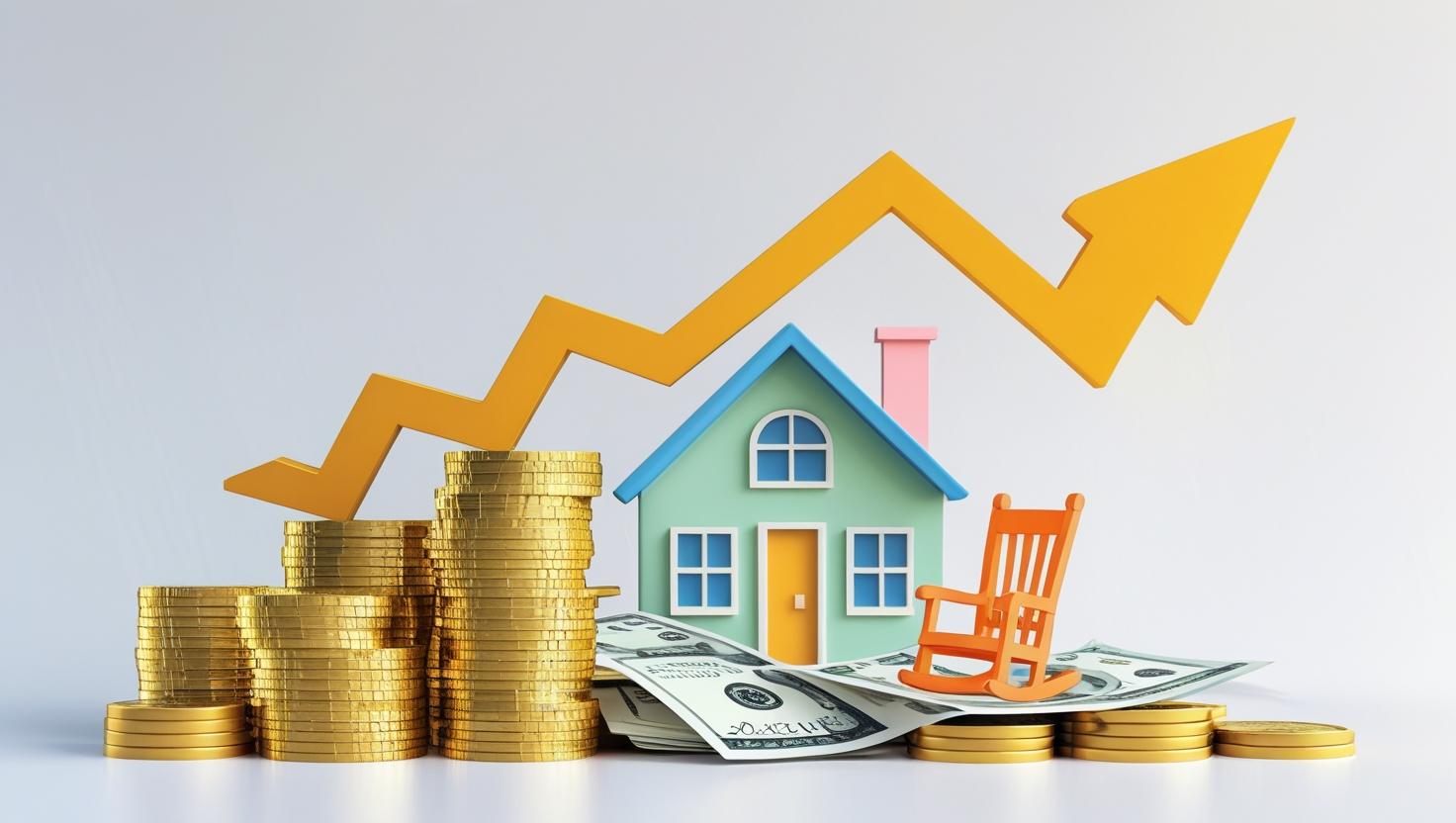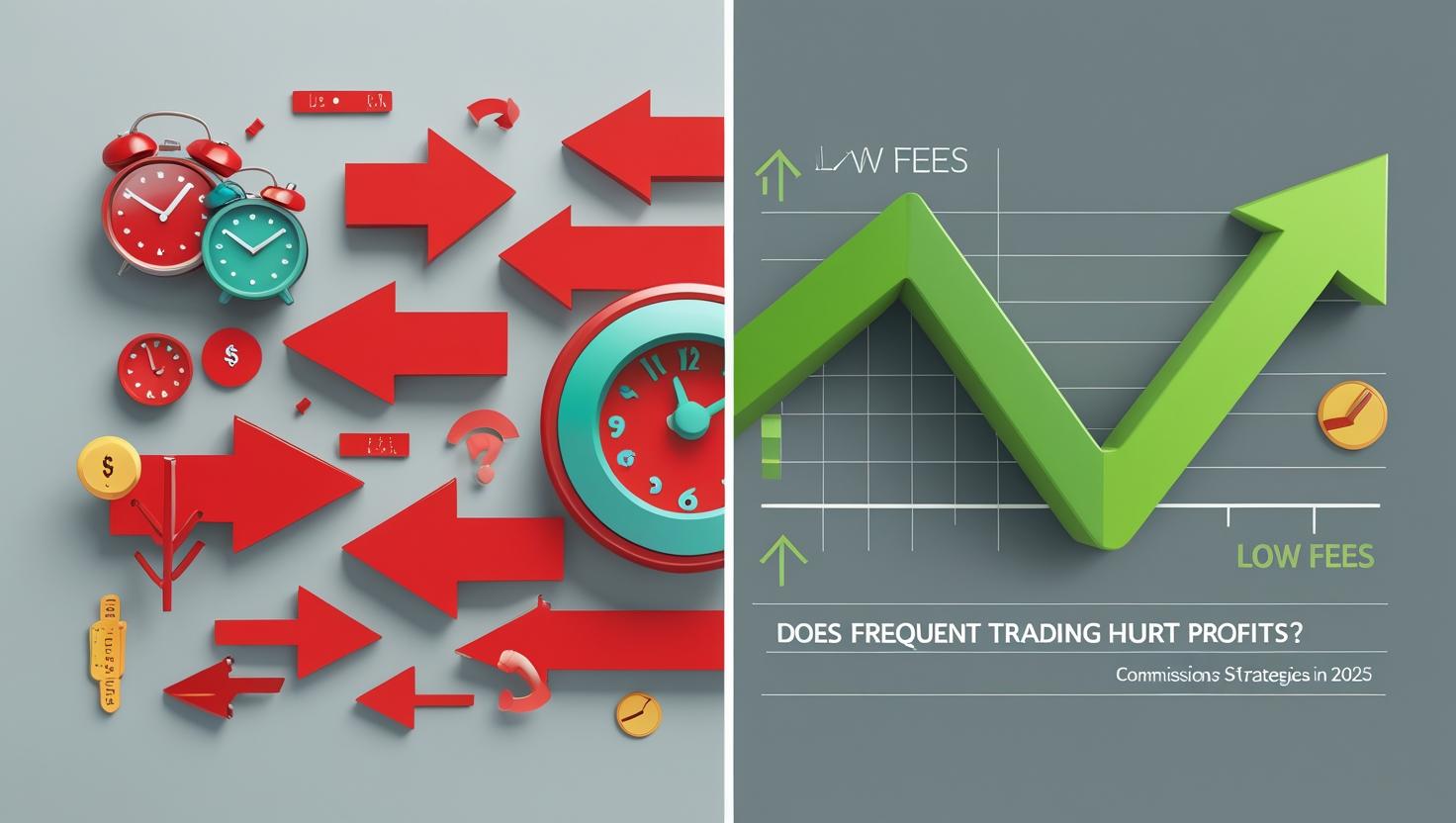Personal loans can be a lifeline for covering unexpected costs or consolidating debt, but they’re not always the best choice. With interest rates averaging 10–36% APR and repayment terms spanning 1–7 years, it’s crucial to evaluate if one aligns with your situation. This article explores the key factors to help you decide wisely, drawing from current market trends and expert insights.
Pros of Getting a Personal Loan
- Flexibility and Speed: Unsecured loans (no collateral needed) can fund anything from home improvements to medical emergencies. Online lenders like SoFi or LendingClub often approve and disburse within 24–48 hours.
- Fixed Rates and Predictability: Unlike credit cards, payments are consistent, making budgeting easier. Good credit can secure rates as low as 6–8% APR.
- Debt Consolidation Benefits: Combine high-interest debts (e.g., credit cards at 20%+) into one lower-rate loan, potentially saving thousands in interest.
- Credit Building Potential: On-time payments boost your score, opening doors to better financial products later.
Cons and Potential Risks
- High Costs for Poor Credit: If your score is below 670, expect APRs over 20%, plus origination fees (1–8%). A 6,500 in interest.
- Debt Cycle Risk: Easy access might lead to overborrowing, especially if income is unstable—defaulting harms your credit for years.
- No Tax Breaks: Unlike mortgages or student loans, personal loan interest isn’t deductible.
- Opportunity Cost: Funds tied up in repayments could limit investments or emergency savings.
When Should You Consider a Personal Loan?
Opt for one if:
- You need quick cash for a one-time expense (e.g., wedding or car repair) and have steady income to repay.
- You’re consolidating high-interest debt to reduce overall costs.
- Alternatives like savings or family loans aren’t viable, and your debt-to-income ratio is under 36%.
Avoid if:
- The loan is for discretionary spending (e.g., vacations) that could wait.
- You have bad credit—explore credit repair first.
- Cheaper options exist, like 0% APR credit card transfers.
Smart Alternatives to Personal Loans
- Credit Cards: For smaller amounts, promotional 0% APR periods (12–21 months) beat loan rates.
- Home Equity Loans/HELOCs: If you own property, tap equity at lower rates (around 8%).
- 401(k) Loans: Borrow from retirement savings without credit checks, but repay quickly to avoid taxes.
- Peer-to-Peer Lending: Platforms like Prosper offer competitive rates via community funding.
- Non-Borrowing Options: Build an emergency fund, negotiate bills, or seek hardship programs from creditors.
Expert Tips for Decision-Making
“Assess your full financial picture,” advises certified financial planner Sarah Thompson. “Calculate total costs using online tools and compare at least three lenders. If the loan improves your net worth long-term, it might be worthwhile—otherwise, pause and explore alternatives.”
Conclusion:
A personal loan can be a strategic tool if used judiciously, but it’s not a one-size-fits-all solution. Prioritize your financial health by running the numbers and consulting a advisor. In an era of rising rates, informed borrowing is key to avoiding regret.





